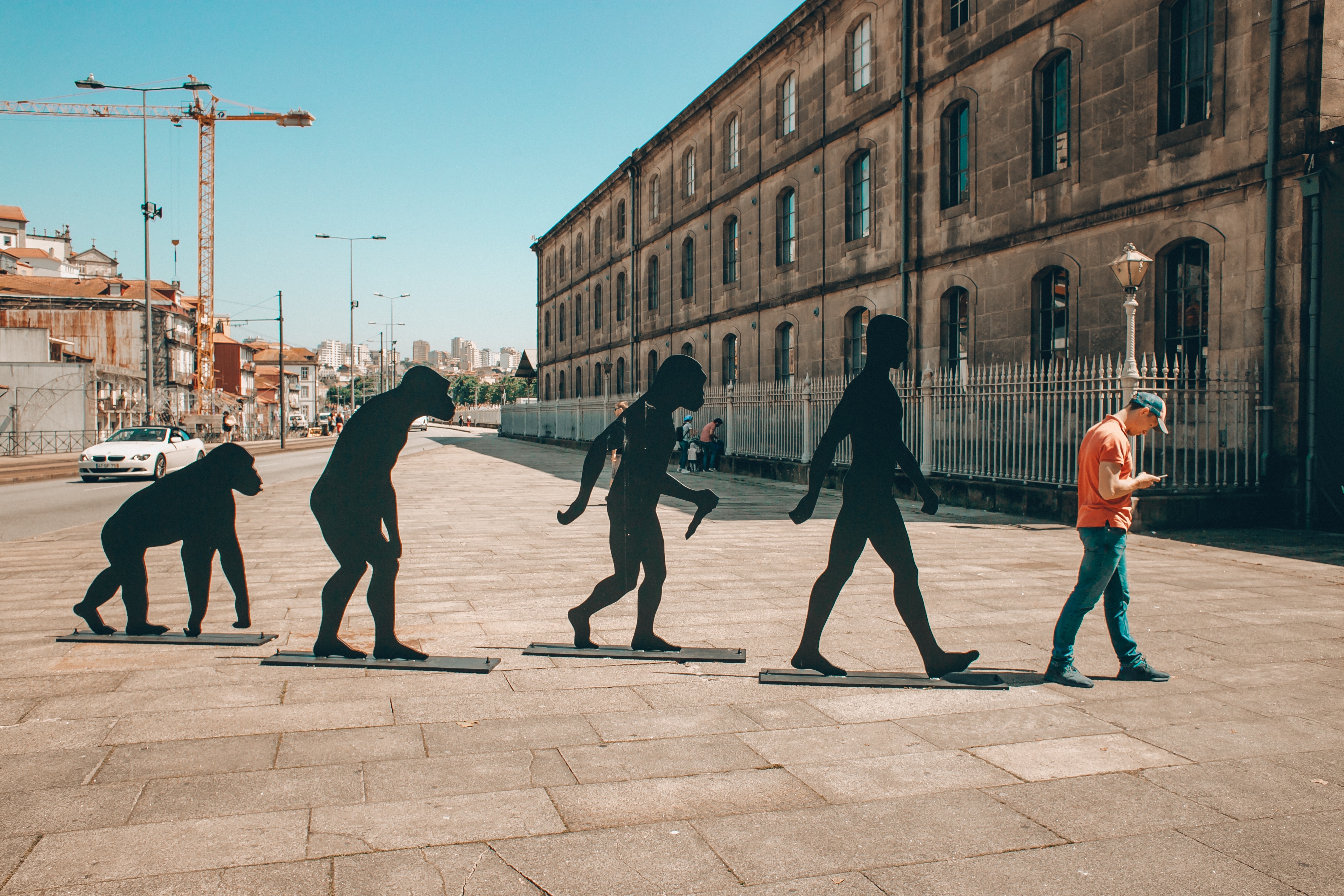Polyvagal theory helps us to understand emotional regulation by way of evolution and the brain. In human evolutionary history, the transition from reptiles to mammals enabled the brain to develop social functions beyond its original threat reactivity. These ancestral brain structures allowed pre-humans to evolve into the social creatures that enabled our flourishing as a species.

The autonomic nervous system (ANS) is a human biological system that works to defensively activate in response to threat (fight, flight or freeze) or to downregulate to support social connection. It regulates everything from interpersonal behavior to emotions to digestion.
Humans have a range of steady states and it is necessary to our survival to be able to shift between the three autonomic states (dorsal-vagal shutdown, sympathetic activation and ventral-vagal calmness and connection). Problems occur when we become disregulated or spend most of our time in one of the reactive and defensive states.

Polyvagal theory has normalized and de-pathologized emotional reactivity and dysregulation by explaining that our reactions to stress or perceived danger stem from our autonomic nervous system, which is largely preconscious and shaped by our evolutionary history as well as each person’s developmental lifestory. Trauma and developmental disruptions can have serious effects on our autonomic nervous system by self-perpetuating threat-responsive states, causing dysregulation.
I trust in this theory to guide me as I support clients to understand emotional and behavioural patterns. It is deeply connected to the somatic body work that is also an important piece of my therapeutic puzzle. Polyvagal theory provides a foundation to understanding our triggers and processes that help us find regulation and calm amid the chaos of our busy lives.

To regulate ourselves, we need to practice internal and external awareness in order to interrupt the feedback loops that are affecting our emotions, sensations and behaviours. This requires both bottom-up (breathing and movement) and top-down (mindfulness) mechanisms, which facilitate communication with the brain and body.
Self-regulation of our autonomic states depends on our ability to interpret information that is coming from the body, it allows us to accurately process our experience based on internal and external cues, and then quickly restore to a balanced state of safety. As we learn to recognize our body’s shifts, we can reap the benefits of emotional regulation, calmness, connectedness, and resilience.

Sources:
Callaghan, B., Firestein, M., Kolacz, J., Kovacic, K. K., & Porges, S. W. (2019). Traumatic stress and the autonomic brain-gut connection in development: Polyvagal Theory as an integrative framework for psychosocial and gastrointestinal pathology. Developmental Psychobiology, 61(5), 796. https://doi.org/10.1002/dev.21852
Huang, V. (2021). Polyvagal Theory through the Lens of Chinese Medicine. Journal of Chinese Medicine, 126, 58–62.
Marlysa B. Sullivan, Matt Erb, Laura Schmalzl, Steffany Moonaz, Jessica Noggle Taylor, & Stephen W. Porges. (2018). Yoga Therapy and Polyvagal Theory: The Convergence of Traditional Wisdom and Contemporary Neuroscience for Self-Regulation and Resilience. Frontiers in Human Neuroscience, 12. https://doi.org/10.3389/fnhum.2018.00067
Ryland, S., Johnson, L. N., & Bernards, J. C. (2021). Honoring protective responses: Reframing resistance in therapy using polyvagal theory. Contemporary Family Therapy: An International Journal. https://doi.org/10.1007/s10591-021-09584-8

Leave a Reply